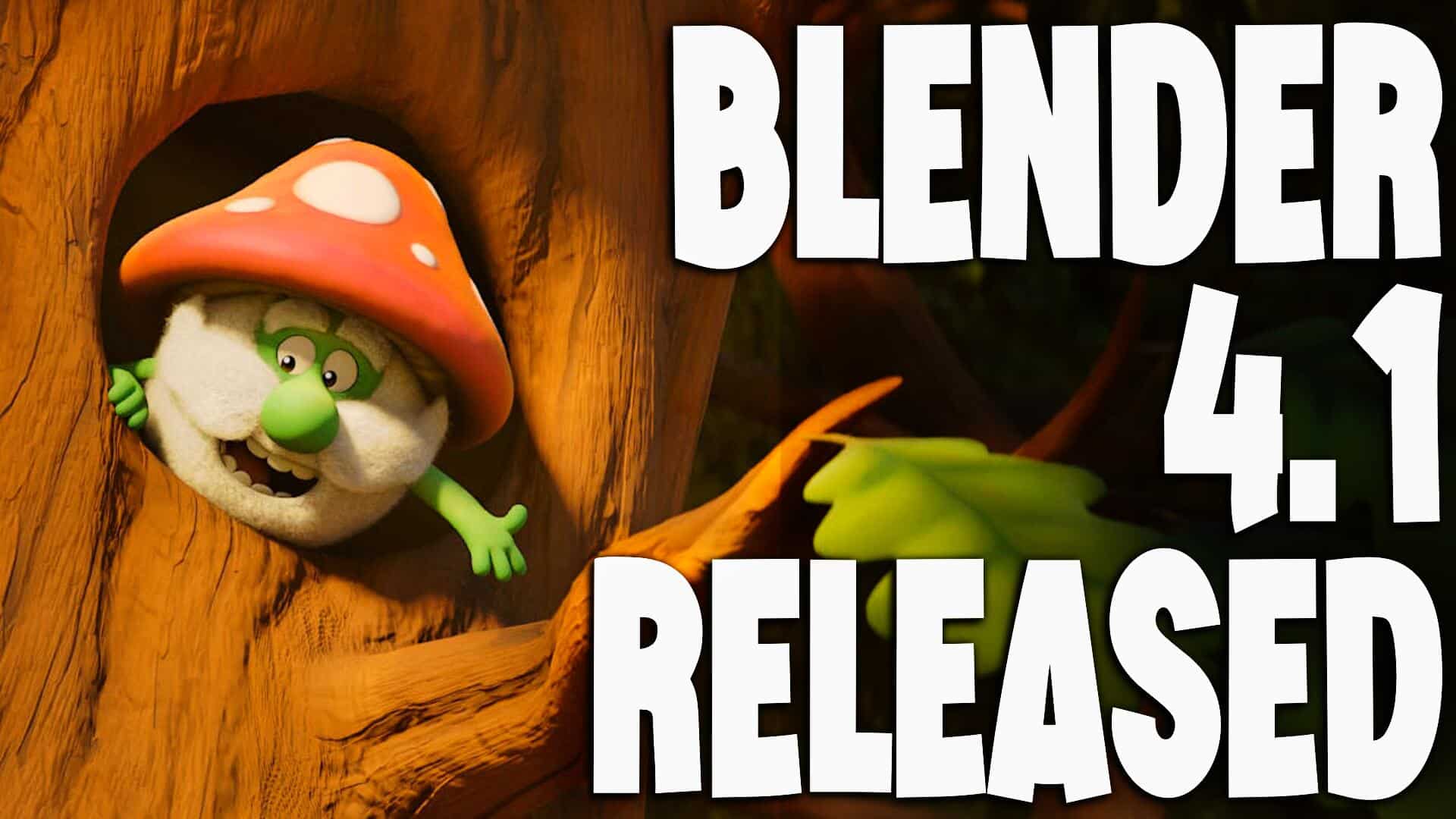I will faux for a second that your sprite is billboarded, so it at all times precisely faces the digital camera.
At a depth of $z$ models in entrance of a perspective digital camera with (half) vertical discipline of view $fov$, the digital camera sees an oblong slice of the world that is precisely…
$$h_text{world} = z cdot 2 tan (textual content {fov})$$
…world models tall. That corresponds to $h_text{display}$ pixels, the peak of your display/window.
So in case your display is 1080 pixels tall, and your digital camera has a 30° discipline of view, and is following your character a distance of 5 models alongside its z axis, then every unit of world area at your character’s depth maps to:
$$ppu = frac {h_text{display}} {h_text{world}} = frac {1080} {(5) cdot 2 tan (30^circ)} = frac {108} {frac 1 {sqrt 3}} approx 187.06$$
187.06 pixels per unit of world area.
You should use this because the Pixels Per Unit setting within the inspector when importing your sprite, and your sprite’s vertical decision must be the character’s top in world area multiplied by this quantity. (So in the event you wished your character to be 1.5 world models tall, that will be $1.5 cdot 187.06 approx 281$ pixels tall).
(Utilizing a discipline of view whose tangent ratio is a rational quantity will show you how to get a pleasant neat integer right here as a substitute of a messy irrational that would expertise rounding errors)
Or, you should utilize any energy of two occasions this ppu, and equally bump up the decision of your sprite by the identical energy of two, in order that the $i^{th}$ mipmap precisely matches the display decision.
Now, when the sprite isn’t precisely billboarded to the digital camera… it will get sophisticated. Your vertical top will now be foreshortened by the digital camera’s tilt, which can trigger the sprite to span fewer on-screen pixels top-to-bottom. However simply lowering its top will not repair that, as a result of the rows of texels will not be evenly spaced – rows farther from the digital camera will cluster nearer collectively, and the columns will not be straight verticals, however converging diagonals. Meaning you will be unable to get a 1:1 match between the grid of sprite texels and the grid of display pixels, and a few interpolation and blurring should happen someplace.
A technique round this – with out tilting all of your characters again in order that they stand on a diagonal, resulting in bizarre clipping with vertical partitions and such – is to not tilt your digital camera downward. As an alternative, have it look instantly horizontally. Then, use an indirect frustum to shift the picture aircraft vertically, so that you just raise up the horizon on the display, and the portion under the horizon the place the digital camera is trying “down” fills your view. This shift doesn’t disturb the spacing or parallel-ness of a grid drawn within the XY aircraft, so it will not distort your sprites.


